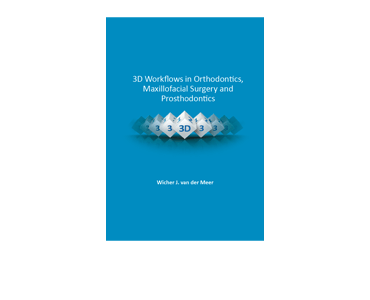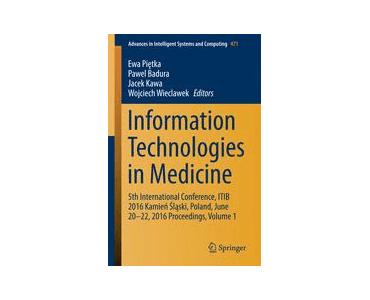Genetic and Environmental Contributions to Facial Morphological Variation: A 3D Population-Based Twin Study. J Djordjevic, AI Zhurov, S Richmond, Visigen Consortium.
Date: September 2016 Source: PLoS One. 11(9):e0162250. Introduction: Facial phenotype is influenced by genes and environment; however, little is known about their relative contributions to normal facial morphology. The aim of this study was to assess the relative genetic and environmental contributions to facial morphological variation using a three-dimensional (3D) population-based approach and the classical…









